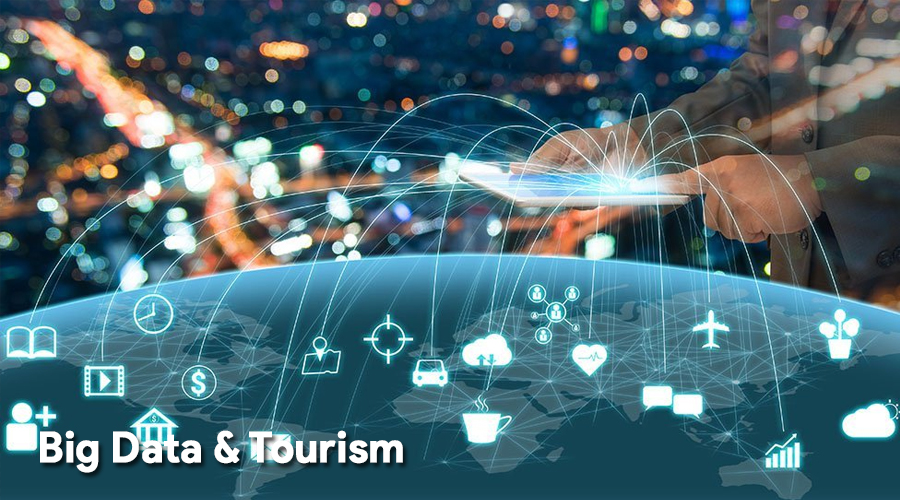Technology applied to the tourism sector improves services and enhances decision-making in a more precise way in companies such as hotels, large restaurant chains, passenger transport, etc.
Accuracy, segmentation, personalisation, prediction, data sharing between different sources or new business channels, the main keys to Big Data in Malaga the tourism sector.
The tourism sector is one of the sectors most affected by the coronavirus pandemic. The spread of the virus and the mobility restrictions in many countries meant that tourism many countries caused tourism revenues in Spain to fall by 77% by 2020, which will 77% in 2020, with almost 90 million fewer international tourists and spending down by 80%. International tourists and spending down by 80% compared to 2019.
A sector that is essential for Spain’s economic engine and in which technology plays a key role in the technology plays a fundamental role in the reactivation of the sector, as experts from DDA, a technology company specialised in telecommunications and ICT.
In recent years, Big Data and the use of data processing tools have become a great ally of the digital transformation of tourism companies, regardless of their size. The tourism business sector is committed to digitalisation to ensure its survival in the market and to gain a competitive advantage over other players in the sector. other players
In this context, data analysis transforms data into useful information for tourism companies in order to obtain objective answers that serve as a foundation for defining and optimising their sales strategies. In other words, it offers a complete view of tourist and user behaviour, from visits and where they come from, average length of stay, travel between cities, the most chosen places, to the general level of tourist spending or the average spend per day.
The main attraction of Smart Tourism lies in the ability to predict future behaviour, expectations and needs of tourists, allowing companies to make smarter and safer business decisions. and safer business decisions. It also makes it possible to detect trends, get to know the customer better, streamline decision making, optimise processes, attract and retain users or develop products and services users or develop much more personalised products and services.


Comments